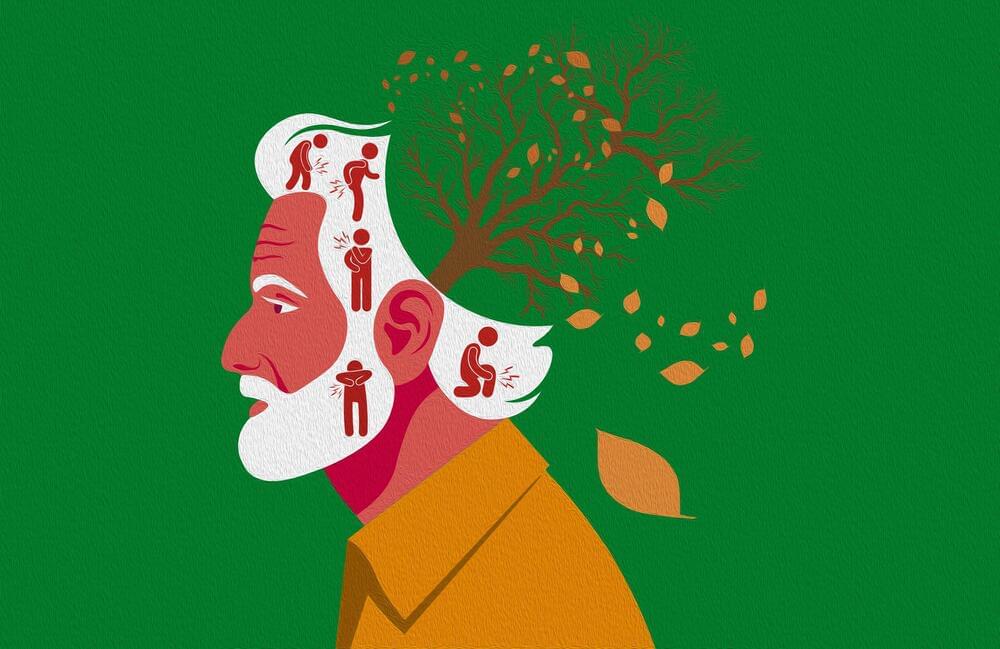Data security — information security newspaper | hacking news.
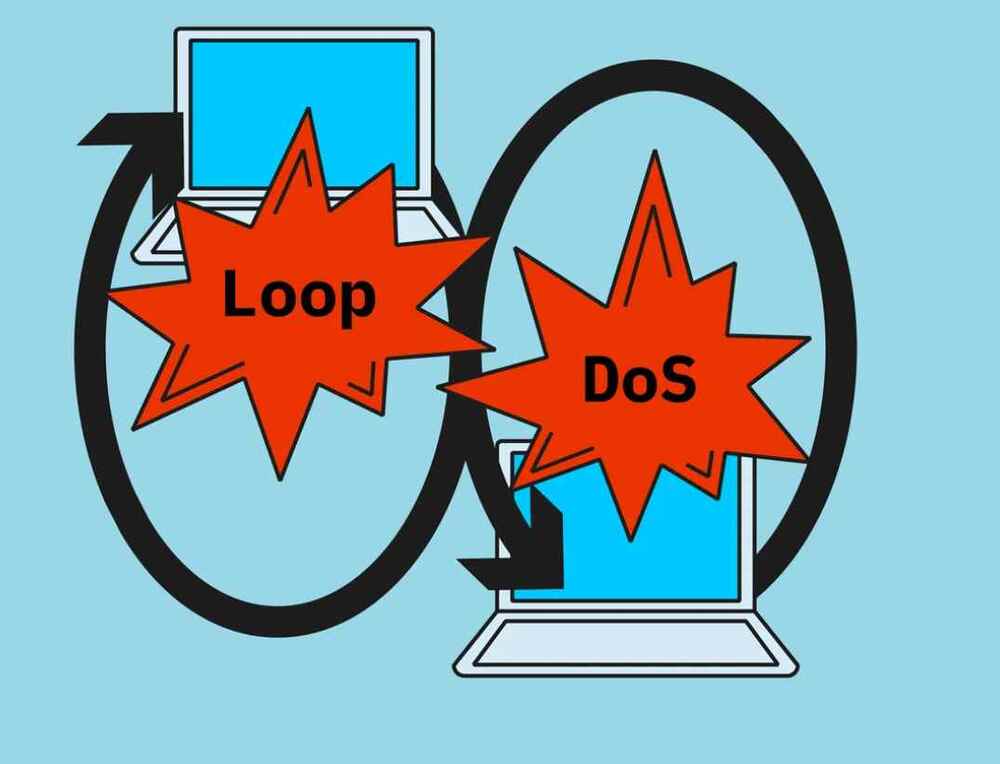

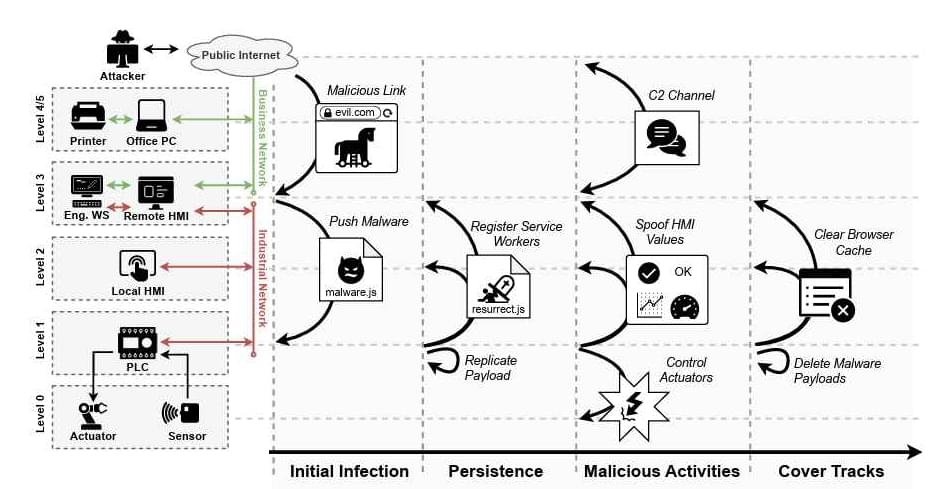

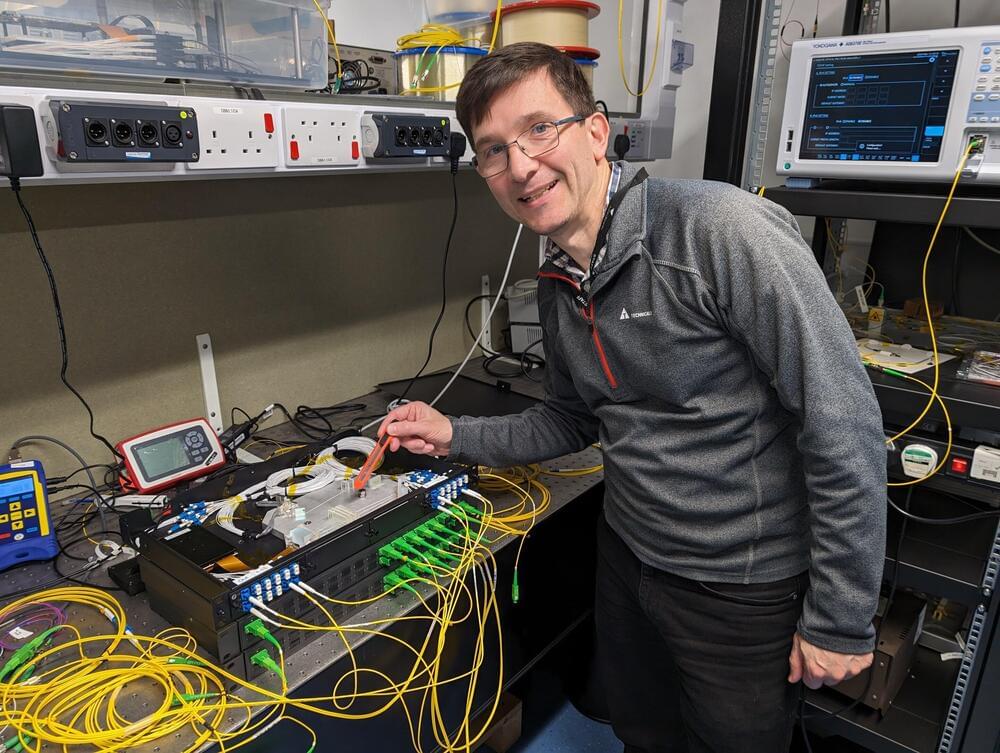
Professor Wladek Forysiak from Aston Institute of Photonic Technologies and Dr. Ian Phillips were part of the team that successfully transmitted the data. They worked in collaboration with researchers from the National Institute of Information and Communications Technology (NICT) in Japan and Nokia Bell Labs in the U.S.
As the demand for more data increases, it is expected the newly developed technology will help keep up with future demand. The scientists used optical fibers, small tubular strands of glass that pass information using light. Regular copper cables can’t carry data at such speeds.
The feat was achieved by opening up new wavelength bands that are not yet used in fiber optic systems. Different wavelength bands are equivalent to different colors of light being transmitted down the optical fiber.
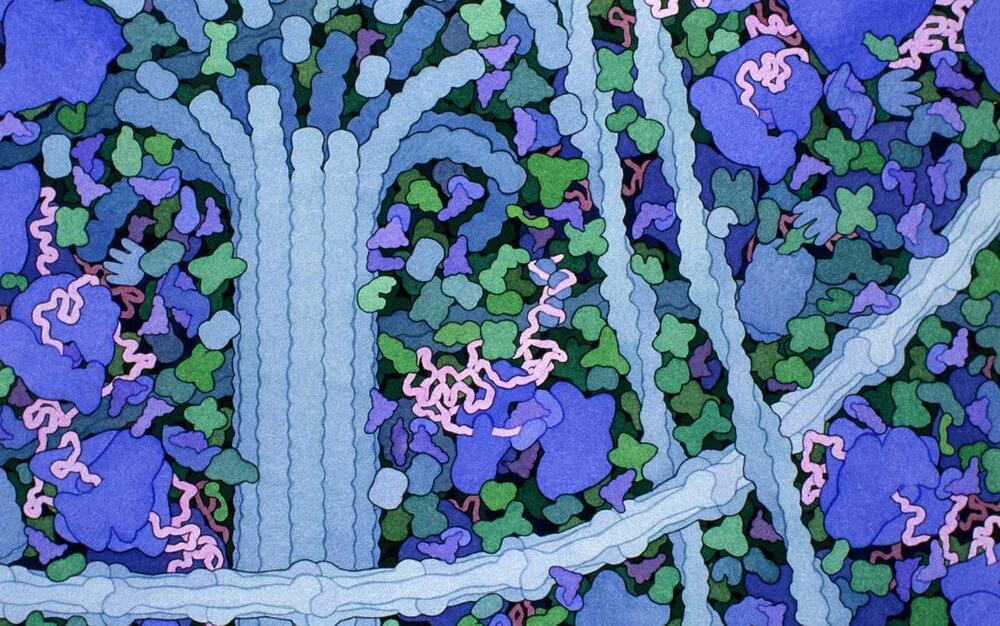

Swiss physicists have achieved a groundbreaking breakthrough in lightning control using laser beams, which could lead to advanced lightning protection systems for critical infrastructure such as airports and rocket launch sites, Science reports.
The study, led by scientists at the École Polytechnique and the University of Geneva, successfully demonstrated the ability to steer lightning using high-powered lasers. This expensive breakthrough could offer enhanced protection against lightning strikes, which can cause significant damage and pose risks to human safety.

What if everything in our world has a soul and mind? What if every desk, chair, and potted plant has a conscious stream of thoughts? That’s the basic idea behind Panpsychism, a theory first put forward in the late 16th century by Francesco Patrizi. It’s been a hundred years or so since science won out about this theory in the 1920s, but now it’s regaining momentum.
To understand why this theory is regaining popularity requires us to look at one of the most difficult conundrums that human scientists have ever faced: where consciousness comes from. Scientists have been trying to solve this hard problem for over a hundred years, and while developments in neuroscience, psychology, and quantum physics have come far, we still don’t have a definitive answer.
The argument is regaining momentum, though, thanks in part to the work of Italian neuroscientist and psychiatrist Giulio Tononi, who proposed the idea that there is widespread consciousness even found in the simplest of systems. Tononi and American neuroscientist Christof Koch argued that consciousness will follow where there are organized lumps of matter. Some even believe that the stars may be conscious.

Two of my passions are electric bicycle projects and DIY solar powered projects. In fact I’ve written the book on both topics. So to see these two fields combined in one quirky-yet-awesome product totally made my week. I just hope you’re as excited as I am to dive into this strange electric bike/car contraption that boasts a heap of features from seating for two to a giant solar panel array offering nearly unlimited range!
It’s just one of many strange, awesome and fun-looking electric vehicles I’ve discovered while window shopping on the world’s most eclectic digital thrift store: Alibaba. And now it has the honor of officially becoming this week’s Awesomely Weird Alibaba Electric Vehicle of the Week!
We’ve seen solar powered electric bicycles before, but they’re usually designed with some serious pedaling requirements. The low power of even large-sized panels means that riders generally still have to provide some significant leg assist.

Plasma cell neoplasms occur when abnormal plasma cells form cancerous tumors in bone or soft tissue.
When there is only one tumor, the disease is called a plasmacytoma. When there are multiple tumors, it is called multiple
Learn more about multiple treatment, statistics, research, and clinical trials.
